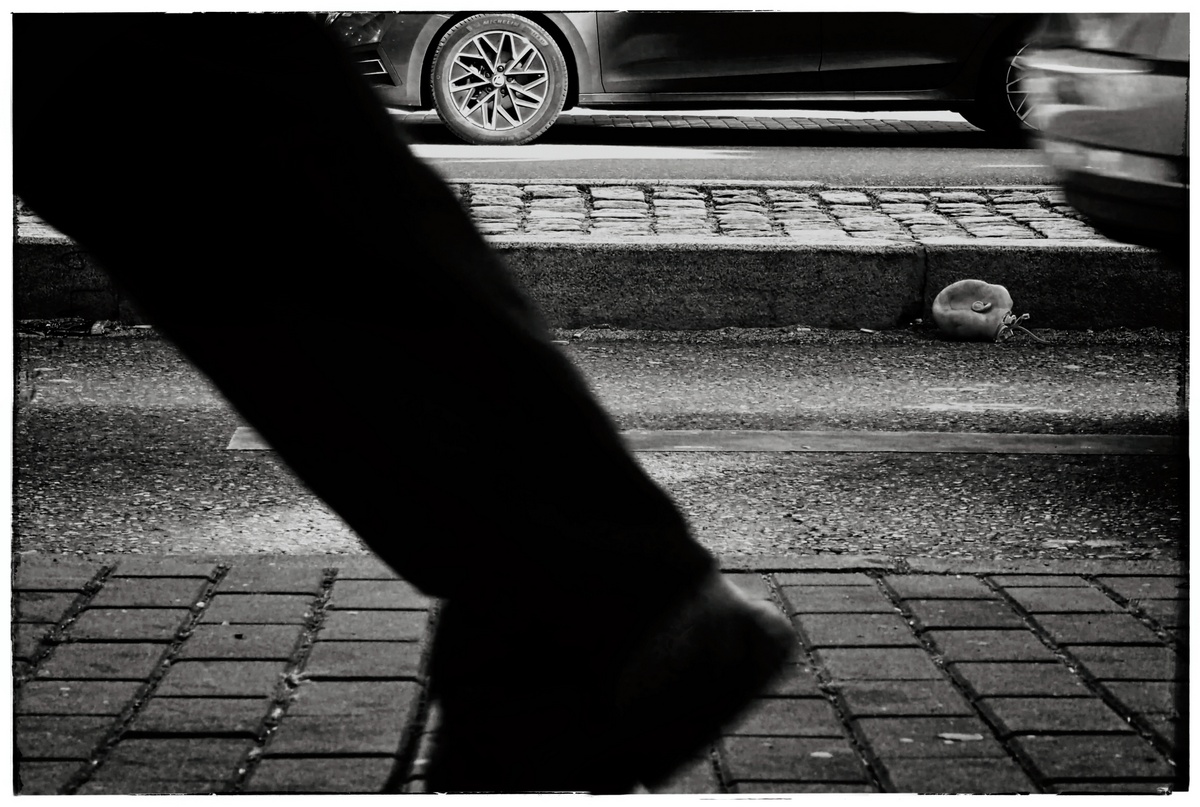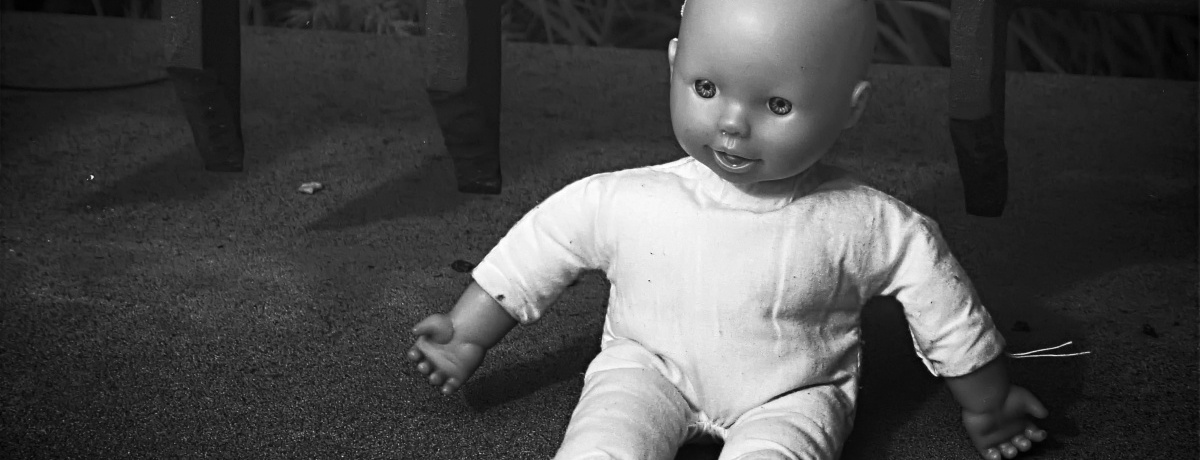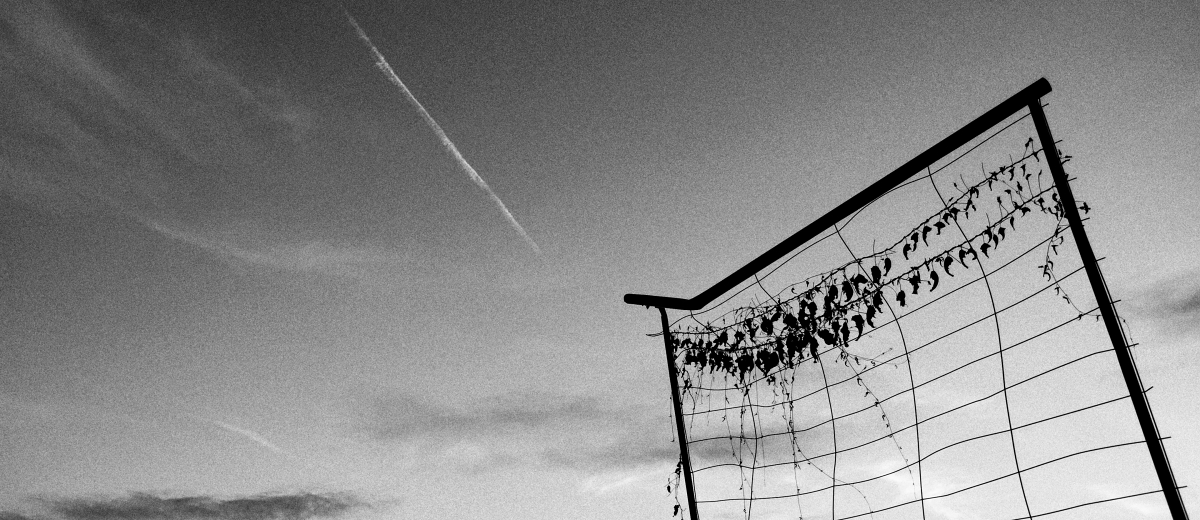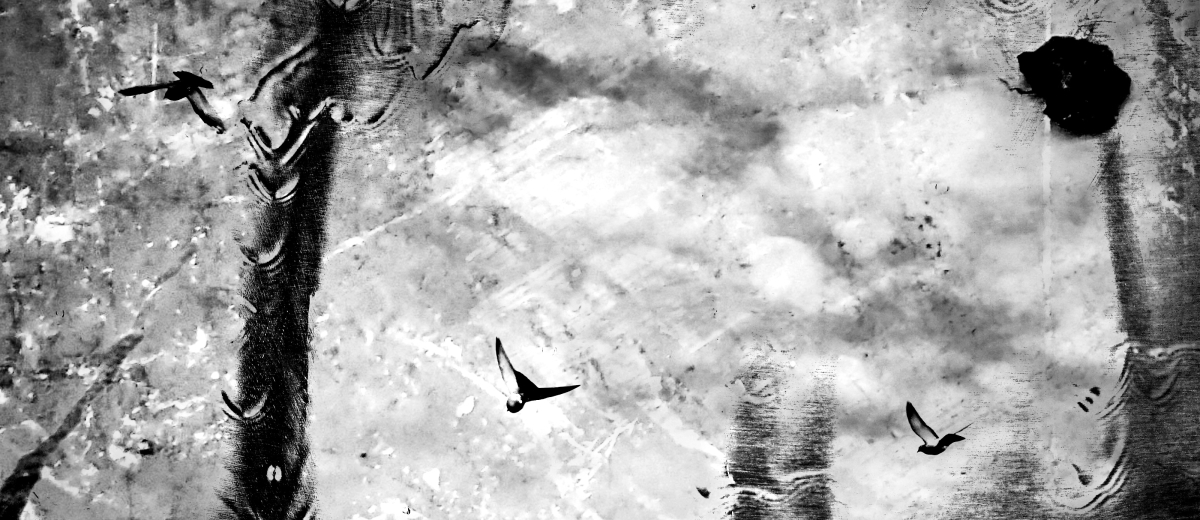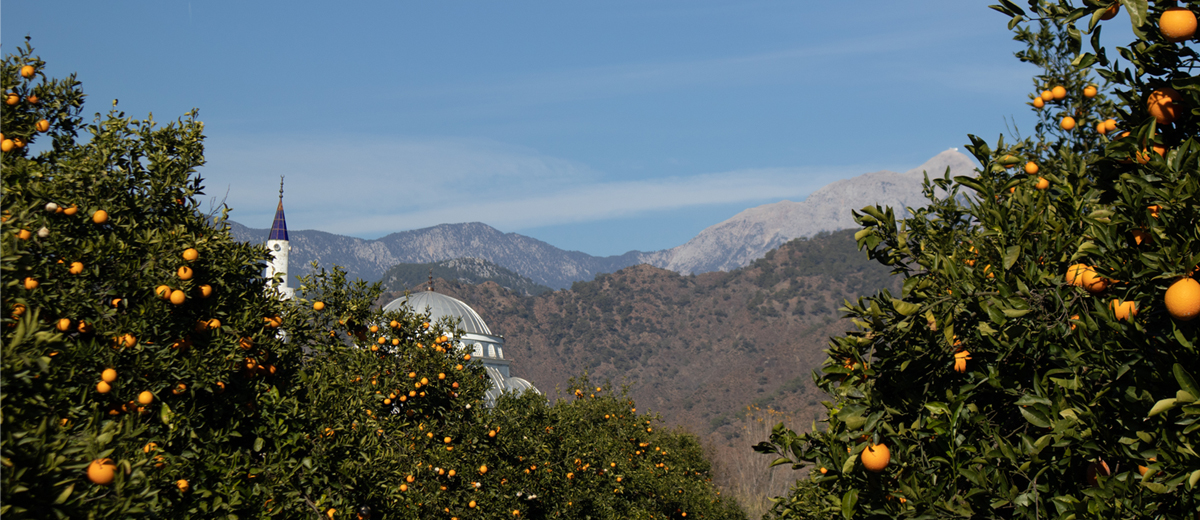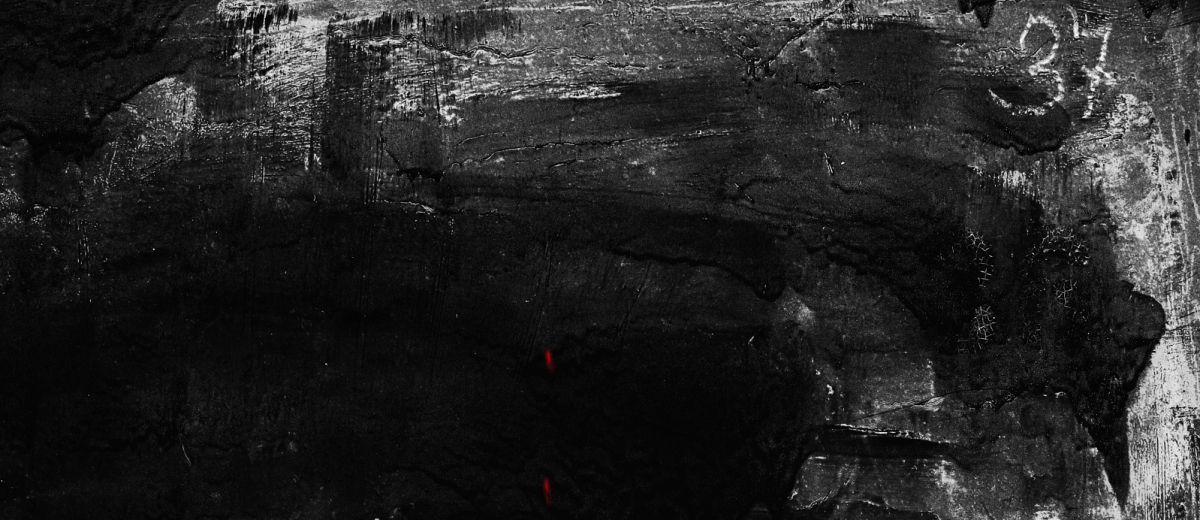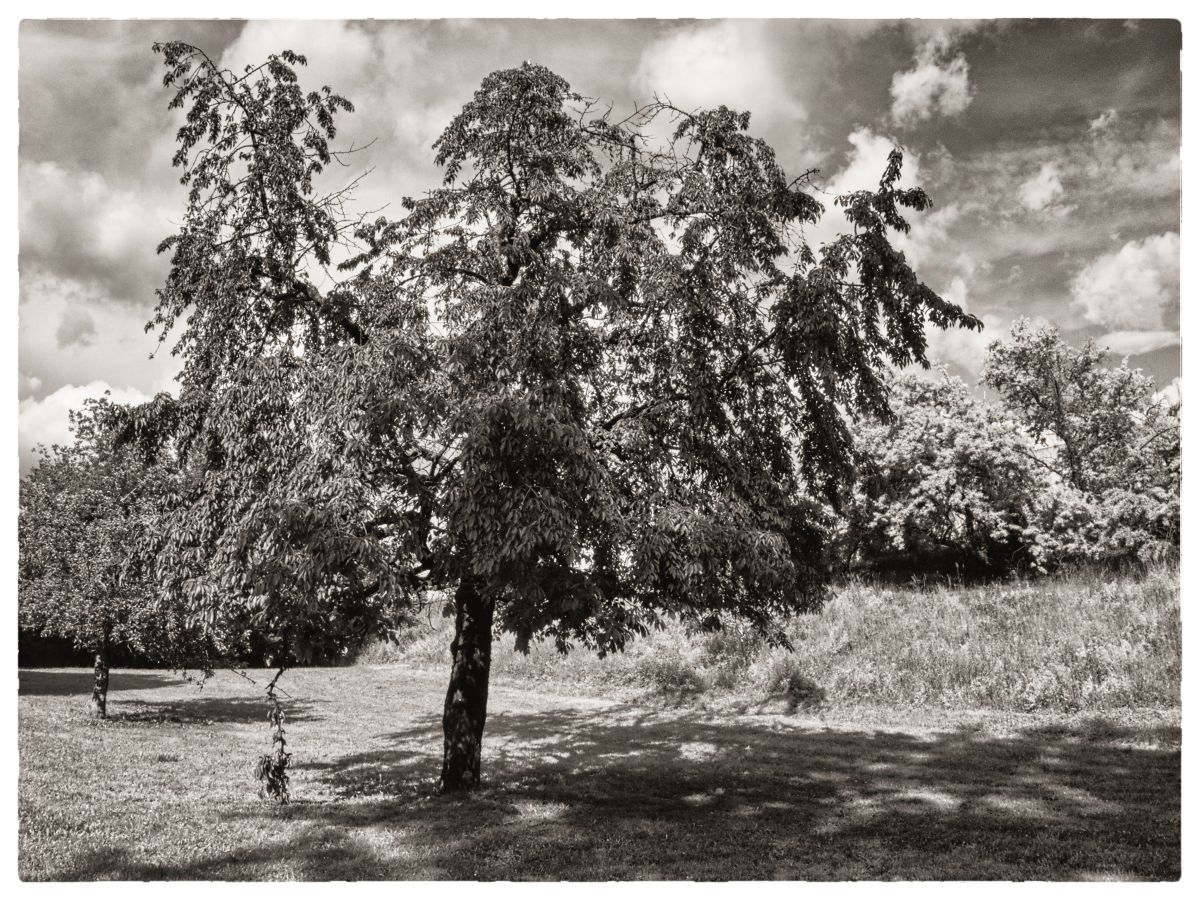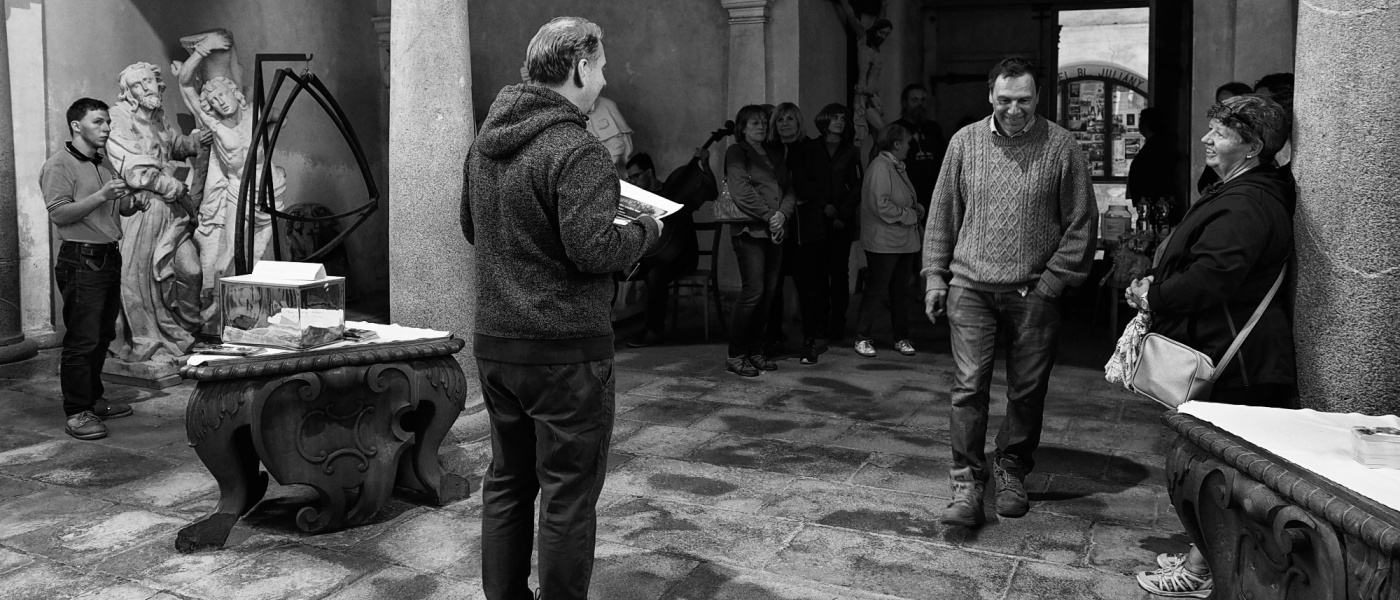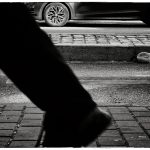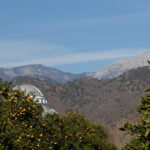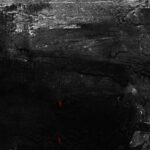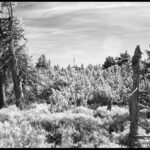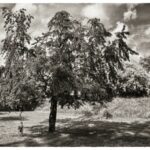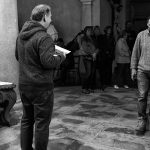„Na světě existují místa, na kterých jako by se zastavil čas. Jedním z nich je čtvrť Mea Shearim v Jeruzalémě, která byla založena před dvěma sty lety imigranty z východní Evropy. Její obyvatelé, ultraortodoxní Židé, jinak též zvaní Haredim, si stále drží své staré zvyky a styl oblékání, striktně dodržují židovské právo a žijí podle přísných pravidel. Okolní svět považují za zkažený a uzavírají se do vlastních ghett.“ (Eliška Blažková)
–
Fotografovat ultraortodoxní židovskou komunitu není nic jednoduchého. Eliška Blažková v této roli obstála. Slovy fotografa a pedagoga Jana Jindry: „Fotografie nejsou rozhodně náhodnými momentkami, ale vypozorovanými a prožitými záběry, ze kterých jde znát autorský přístup.“ Než se jí podařilo prolomit silnou bariéru mezi jejich a naším světem, musela překonat nespočet překážek, pochopit a naučit se několik zásadních věcí. Ortodoxní Židy nevnímá pouze jako fotograficky atraktivní ikony, ale především jako lidské bytosti a doslova „chodící encyklopedie“ tradičního judaismu, ze kterých se chce učit. Její fotografický soubor Haredim vznikal od roku 2011 na místech, které nás pocitově navrací nejméně o sto let zpátky a nutí klást si otázky typu: „Jak by dnes asi vypadal svět, kdyby nedošlo k 2. světové válce?“
*
O autorce:
Eliška Blažková se narodila v Třebíči a již od dětství vnímala kouzlo tamní židovské čtvrti. Později se touto tématikou začala zabývat i z uměleckého hlediska a začala cítit silnou potřebu najít skutečné lidské bytosti, ztracené sousedy – Židy a jejich kulturu. Od roku 2011 se věnuje fotografování ultraortodoxních Židů v Izraeli. V současné době pokračuje na projektu v rámci svého doktorského studia a snaží se jej posunout o krok dále. Chce se Židům z Mea Shearim dostat ještě více „pod kůži“ a prostřednictvím svých fotografií tak šířit krásu, kterou lze nacházet v židovské kultuře.
*
*
„There are places in the world where time appears to have stood still. One of them is Mea Shearim in Jerusalem, which was founded two hundred years ago by Jewish immigrants from Eastern Europe. The inhabitans, ultra-orthodox Jews, also called Haredim, are still keeping their old customs and style of clothes, they keep strictly to the Jewish law and live according to clear rules. They regard the surrounding world as rotten and they live in their own ghettos.“ (Eliška Blažková)
–
To shoot in the community of ultra-Orthodox Jews is far from being easy. The photographer Eliška Blažková has succeeded in this difficult task. As the photographer and lecturer Jan Jindra comments: „These photographs are definitely not just random snapshots, but rather strongly experienced and deeply felt images, in which we can see the author’s personal approach.“ Before she managed to break the thick barrier between our world and theirs and capture it with her camera, she had to overcome numerous obstacles and learn many things. She sees the Haredi Jews not only as icons that photographically attract by their appearance, but primarily as human beings and “walking encyclopedias” of the traditional Judaism, from which she wants to learn. She started to work on this set of photographs in 2011 at a location that bring us emotionally at least 100 years back in time and makes us ask ourselves questions like: „What would the world look like today if there had been no World War II?“
*
About the author:
Eliška Blažková was born in Trebic and since she was a little girl she was amazed by the local Jewish quarter. Later she started to deal with this place also from the artistic point of view. She began to feel a strong need to discover the real human beings and lost neighbours – the Jews and their culture. Since 2011 she has been photographing ultra-Orthodox Jews in Israel. Today she continues this project as a part of her dissertation, trying to take it to the next level. She wants to get even more “under the skin” of the Jews from Mea Shearim and to share the beauty that can be found in the Jewish culture through her photographs.
*
Pro více informací o autorce a projektu / On more information about the author and the project Haredim
